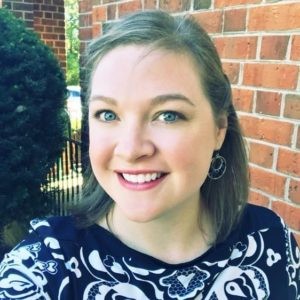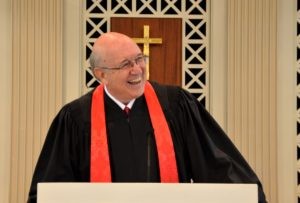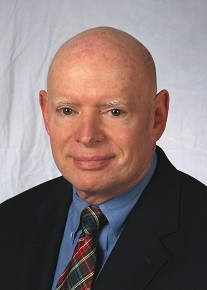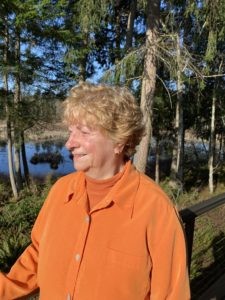Chaplains are using technology and a little out-of-the-box creativity to live out their callings in a time of pandemic-induced social distancing.
But that doesn’t mean it’s easy.
Person-to-person connections are hard to duplicate through phone conversations, said Audrey Davis, chaplain and bereavement coordinator at Hospice of Virginia in Tappahannock.

Audrey Davis
“The difficult part is not being face-to-face, not having eye contact, not being able to give hugs and to provide a gentle touch to people, which is something that we do with hand-holding or stroking of someone’s forehead,” she said.
From home, Davis makes calls to patients in hospice to provide bereavement care to families. She also writes notes and cards, sends prayer cloths and creates videos for hospice patients and staff.
“We’re able to provide words of encouragement and normalization,” she said. “We’re able to have conversations regarding coping, self-care and grief.”
‘Filled up and energized’

Greg Smith (Photo/SBBC)
Technology can’t replace the power of human touch, said Greg Smith, chaplain at King’s Bridge Retirement Community in Atlanta and pastor at Scott Boulevard Baptist Church in Decatur, Georgia.
“I feel so limited. I feel that my greatest effectiveness has been taken away, which is that of personal contact,” Smith said. “I find myself just telling people all of the comforting words that I know to say and assuring them that I’ll be there.”
The resourcefulness and creativity chaplains have used to serve others has been impressive, said Gerry Hutchinson, the endorser for chaplains and pastoral counselors for the Cooperative Baptist Fellowship.
“It’s given some tremendous opportunities for chaplains to connect with staff members, especially, and to be a safe space where they can voice their fear, their frustration, their tedium in going about doing their jobs in this critical time,” he said.
Hutchinson said he’s been reaching out to his chaplains and asking how they’re doing. He emphasized the importance of chaplains modeling self-care.

Gerald Hutchinson (Photo/CBF)
“We’re giving them an opportunity to debrief, asking them how they are doing with their self-care, how their time with their family is,” he said.
Davis said she hones in on her own spiritual care so she can continue to be of service to others.
“I still am filled up and energized by the work that I do,” she said.
By connecting with staff on a weekly basis, Davis said she is able to pray specifically for the needs of the day or week.
“I incorporate those requests into my own time of devotion every day, which helps to fill my cup. Really being intentional helps me cope,” Davis said.
‘Not made for distancing’

Beth Joyner
Beth Joyner, staff chaplain at the Mayo Clinic in Rochester, Minnesota, said she depends on something she learned early on in chaplaincy to help her cope.
“You have to be able to step away from it. I’m walking this journey with people,” she said. “It is not my personal journey. I’m not the person in the bed.”
Charlotte Keyes, chaplain at WhidbeyHealth Hospice in Coupeville, Washington, said she is thankful to be able to maintain a level of contact with others through technology, but she is looking forward to moving past the pandemic.

Charlotte Keyes
“This job was not made for distancing,” she said. “There is nothing better than sitting down with someone one-on-one, face-to-face.”
Joyner said she is trying to do whatever is necessary to make a connection with patients and staff despite the limitations.
“We’re not going to give up, ” she said. “Whatever we have to do, we will do it so people will feel that connection and know that there’s presence with them.”
Read more BNG news and opinion on this topic:
#intimeslikethese
